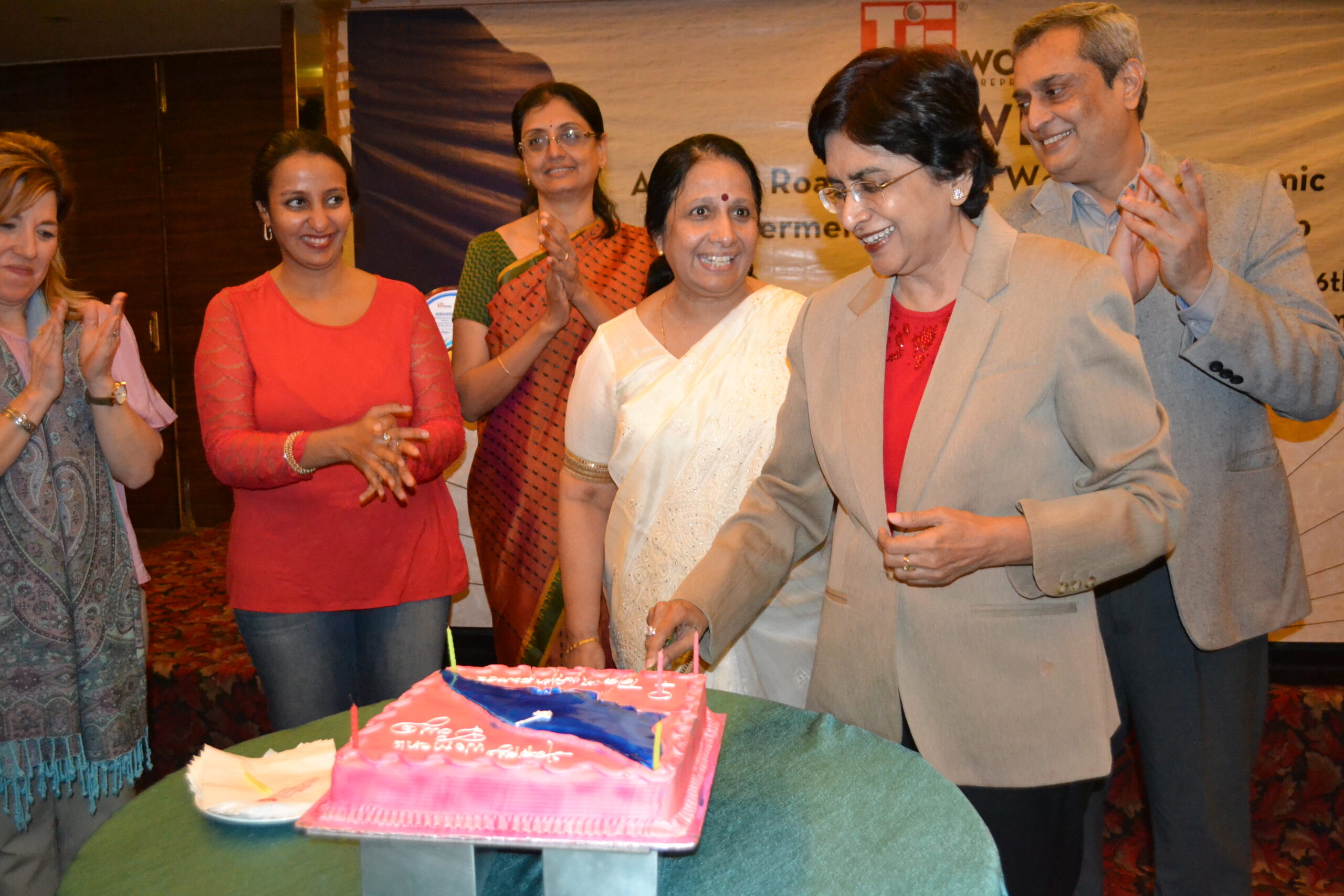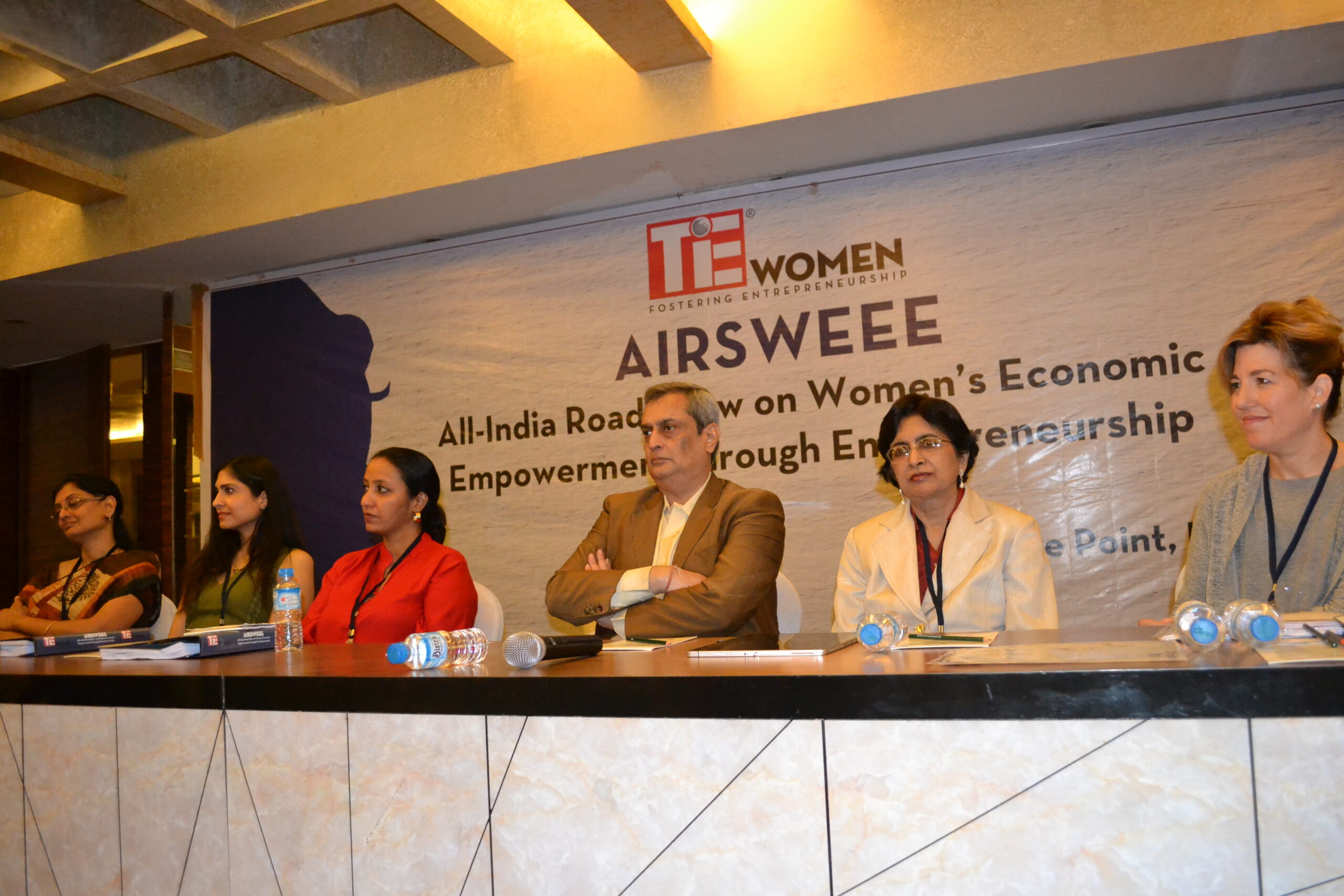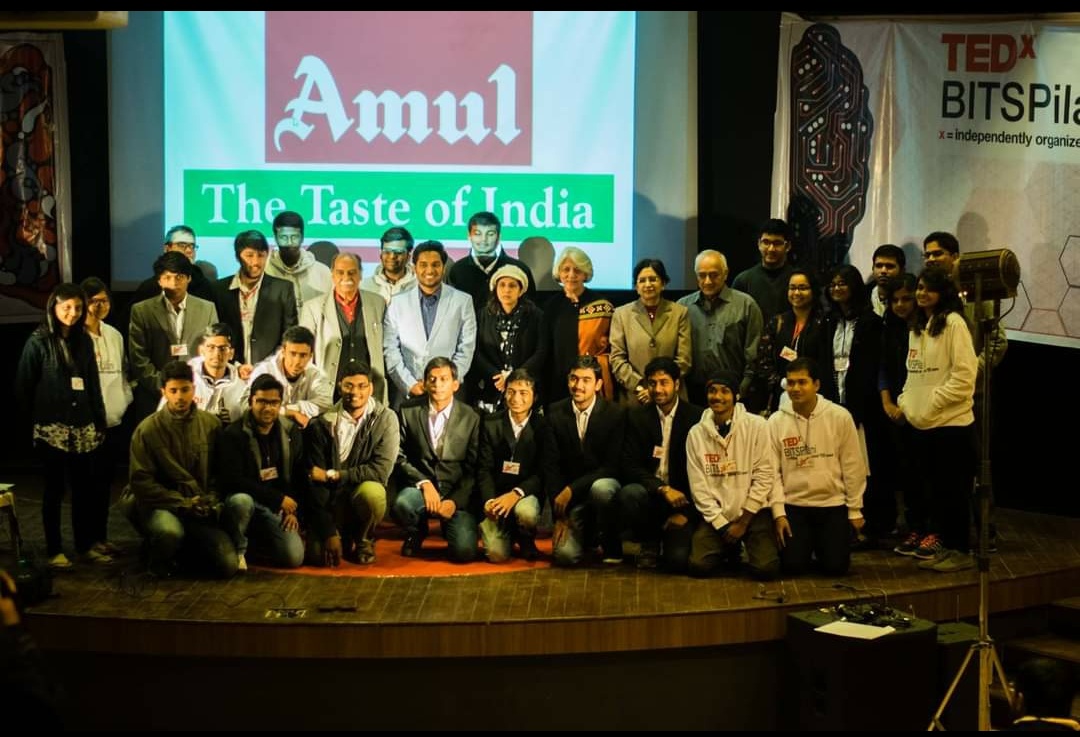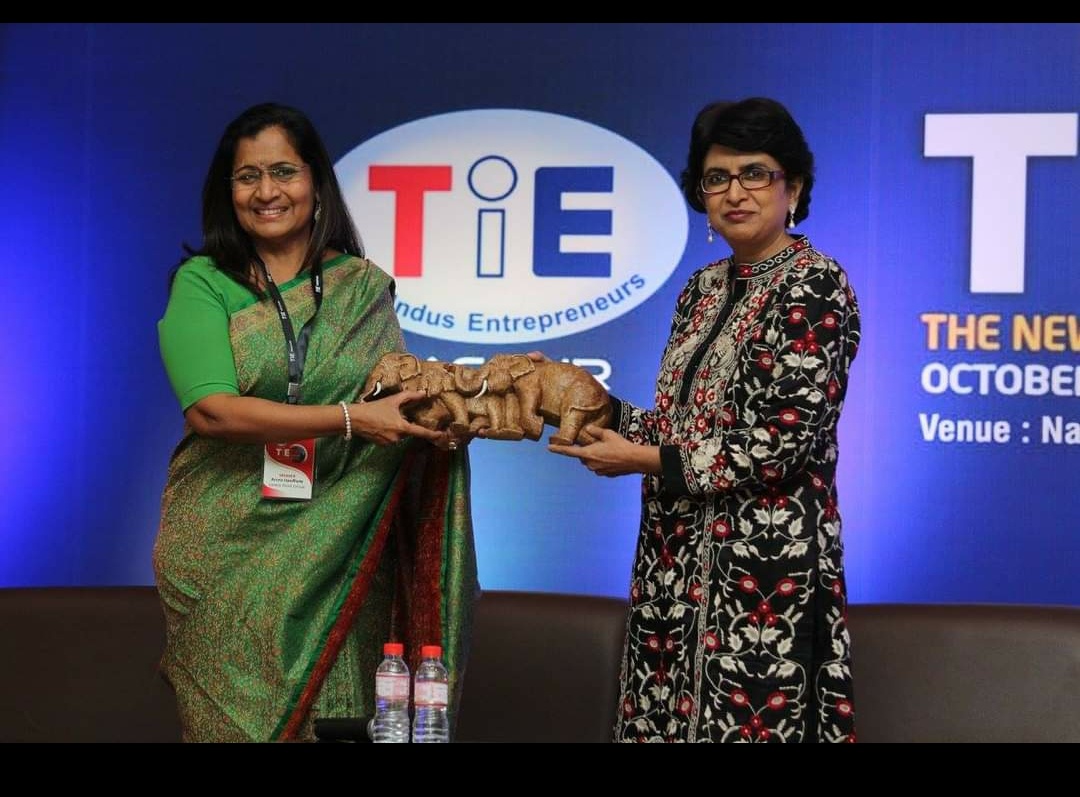“New times, new style”- 28 May 2014
The new CEO was an interesting person. He was in his late forties, and had been chief of another organisation for sometime. Yet, this man was not modern in his outlook, and believed in age-old theories of human resource management. He had been to a top B-school for his MBA and had succeeded in the previous employments as CEO. Yet, there was something old-fashioned about the man who did not believe that incentives and rewards have any role to play in an energised work place. His basic belief was that when the company pays the salary, the employee had to work with total focus on the company goals and personal task given to him as his job.
This attitude did not go well with the employees.Already, the company had been doing badly in the marketplace. For quite some years, the employees had not got their annual raises in a proper manner. And then came this new CEO, steeped in old style. On arrival, he started tightening the leash and started forcing high work-load on the employees.
That was the problem spot, however. Employees did not say anything negative at first. They endured the new style and kept doing things as expected. For, it was in their blood streams to stay devoted to the company whose attrition rate had always remained low.
The new CEO, however, took this loyalty factor for granted and started extracting all kinds of tasks to be fulfilled by the staff at any given time, no matter the degree of difficulty.
Naturally, after a while, the employees started voicing their grievances to their immediate superiors. The employees did not want only money, but they looked for the management’s recognition of the various tasks they finished in time and well as part of their duty.
When the middle-level managers communicated this desire to the CEO, he exploded in anger. “Nothing doing,” he said assertively.
That turned out to be a flash point, and the employees resorted to work-to-rule pattern. This started lowering the overall productivity of the company, and the Board felt concerned. So, finally, MDs wife, a genial women who understood things more correctly, stepped in and talked to the CEO. She said, “Look Sir, your idea is perfectly all right, but does not work in modern times. So, we will have to create a system of rewards and incentives for any extra work the staff does. That will step up creativity and innovation and that would benefit the institutions in the long run.”
Very reluctantly, the CEO agreed and set up a committee to create a rewards and incentives system.
Obviously, the atmosphere changed almost suddenly. Overall productivity, too, went up in a short time, and the employees’ happiness new no bounds. The question, however, was not of money, but it was of official recognition of the contribution the employees made.
This, too, was proved soon. For, markets turned nasty and an economic slump appeared on the horizon. Before the CEO could say anything, the employees approached him to assure that until the slump went away, they would work without any extra consideration for their contribution.
That evening, the CEO’s eyes were moist, as he talked to the MD’s wife who had proposed the rewards and incentives system. She said simply, “Sir, I knew, this would happen. I know how people think. They are part of our family.”
ut that sentiment came only when the management started recognising the staff’s contributions beyond the normal definition.









